Pinochet In the Shadows
Pablo Larraín’s political satire imagines a deathless dictator with literal fangs.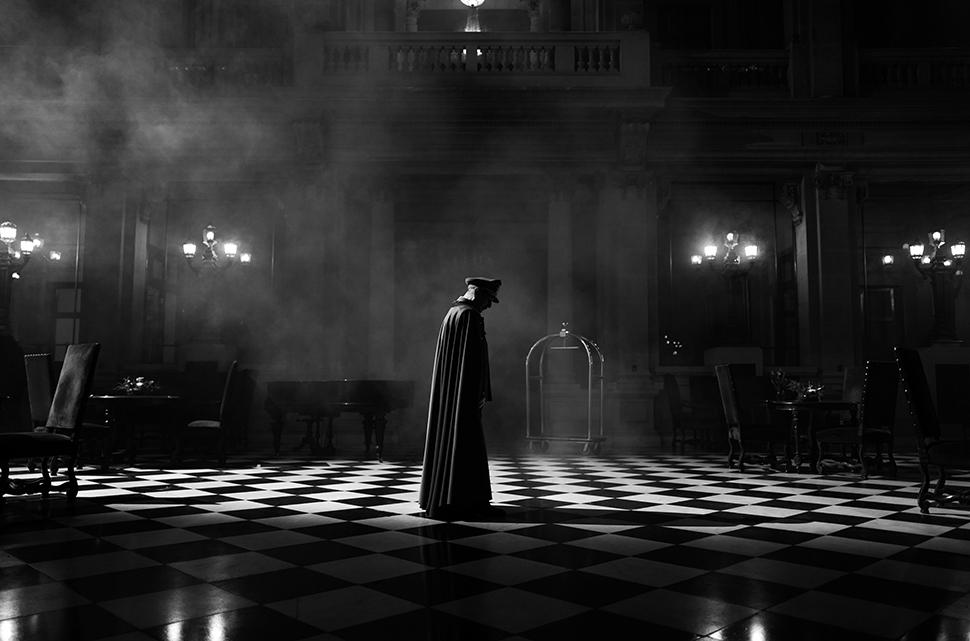 Jaime Vadell brings the vampiric Augusto Pinochet to life in "El Conde." (Image: Fábula)
This is Part of the "Chile’s Utopia Has Been Postponed" Dig series
Jaime Vadell brings the vampiric Augusto Pinochet to life in "El Conde." (Image: Fábula)
This is Part of the "Chile’s Utopia Has Been Postponed" Dig series
After premiering at the Venice Film Festival, El Conde opened in theaters Sept. 8 and streams on Netflix starting Sept. 15.
For 17 years, Chile was subject to the fascistic rule of Augusto Pinochet, courtesy of a military coup on Sept. 11, 1973. One might even say that his regime was downright vampiric. This observation forms the backbone of “El Conde” (“The Count”), a tongue-in-cheek take on Pinochet by Chilean filmmaker Pablo Larraín that re-imagines the dictator as a 250-year-old vampire yearning for the sweet embrace of death. It is a satirical premise with the potential to be incisive, but lacks the necessary bite.
Larraín is a biopic maestro whose work has grown stranger and more alluring over the years. His eponymous 2016 film about the Chilean poet-diplomat Pablo Neruda blended fact and fantasy under the visage of a crime drama. “Jackie,” from that same year, transformed first lady Jackie Kennedy’s grief into an operatic tale. Most recently, his Lady Diana biopic, “Spencer,” while set in the real world, depicted the lonely princess as a walking spirit. Above all, what these three films have in common is the unknowability of their subjects, a tension between their public and private lives which Larraín expresses (and also obscures) through various genre lenses. In contrast, “El Conde” uses its one-note metaphor to present its subject as if he is wholly familiar and one-dimensional.
Larraín’s vampire version of Pinochet was born Claude Pinoche in a French orphanage on the eve of the French Revolution. During his boyhood he developed a taste for blood — specifically French blood and the blood of royalty. (He finds the taste of plebian blood, and South American blood, detestable.) “El Conde” lays out its entire conceptual game plan during the introduction — the consumption and abhorrence of the Latin American poor, the youthful delight in murder and quashing dissent — but does frustratingly little with this idea. For the most part, the film is set in what appears to be the present day, during which an aged Pinochet (having faked his death in 2006, the year the real Pinochet died) decides to stop living after nearly two decades in hiding. What follows is a domestic rigmarole involving his wife, his five adult children, his loyal butler and an exorcist nun posing as an inheritance lawyer. Nearly all of these late-night comedy sketch characters waffle between killing Pinochet and keeping him alive for selfish reasons.
What ends up most deeply felt — the emotional response that sits more immediately in one’s gut — isn’t the viciousness of the title character, but of the camera.
Everyone’s secrets and motives quickly become known to all parties, deflating any sense of narrative intrigue. But “El Conde” does not attempt to create a sense of mystery so much as lay bare the shamelessness of a family willing to cut each other’s throats, and the resentment they harbor towards the people who thwarted their rule. And yet, all it takes to bring this theme to light is a few lines of dialogue, after which Larraín refuses to let his narrative ideas play out in ways that are amusing or cathartic. Instead of a “Succession”-like family dramedy featuring powerful klutzes, “El Conde” is a noncommittal film of lukewarm emotional plateaus, whose 110 minutes feel like an eternity. He accidentally succeeds in placing us in Pinochet’s shoes: like him, we too want to be put out of our misery.
“El Conde” does have its audio-visual charms. Its black and white photography, courtesy of virtuoso cinematographer Ed Lachman, is stunning in a sensory and instinctive way. Its fills the spaces of Pinochet’s isolated mansion with expressionistic lighting pouring in through open windows, and a use of space and focus that imbues this mundane environment with a sense of the baroque (all of this magnified by Juan Pablo Ávalo and Marisol García’s rousing classical score). The film’s visual design was practically reverse-engineered from portraits and pictures of Pinochet in which he’s shrouded by his military cape in Dracula-esque fashion. But that’s where Larraín’s aesthetic observations begin and end. There’s an inherent ridiculousness to Pinochet taking flight and floating toward a modern, metropolitan city, as the flapping of his cape recalls the chop of a helicopter, bringing to mind the “death flights” of his regime, during which political dissidents were thrown from terrifying heights. But these moments of audio-visual splendor and wonder are rare and fleeting.
The film often feels torn in its narrative perspective. On one hand, it aims to laud Pinochet with a sense of irony, courtesy of its voiceover. Delivered by an Englishwoman with an uncannily familiar cadence — the reasons for this are best left unspoiled — every bit of voiceover context seems to fawn over his bloodthirsty achievements, as if the film itself, as a living entity, were in love with him. However, this approach can only go so far before it reaches a point of disconnect. There’s a necessary cruelty to Pinochet, whether as a politician or as a murderous creature of the night, but the presentation of this history revels not in his violent impulses (say, through close-ups of his face when he commits brutal acts) but on the result of his violence. The edit often lingers on close-ups of women being beheaded, disemboweled or having their skulls caved in. The frame becomes complicit in violence that crosses the threshold of satire, and ends up somewhere in the realm of exploitation. What ends up most deeply felt — the emotional response that sits more immediately in one’s gut — isn’t the viciousness of the title character, but of the camera.
Pinochet himself is a semi-compelling presence thanks to Jaime Vadell’s measured performance as the aged dictator. He finds a deft balance between poise and disgruntled arrogance, though no one else seems to be having much fun with such a goofy premise. There’s a late reveal that’s so bizarre as to be momentarily jaw-dropping, in the way it builds on hints about Pinochet’s lineage and the idea of immortal, bloodsucking vampires being the root cause of all political regress. But even this sudden left turn ends up wasted, adding frustratingly little to what ought to be an incisive critique of power and those who seek it. It features only a fleeting moment of genuine absurdity: a romantic waltz set to a bombastic military marching band that appears to materialize from nowhere — an imaginative, metaphysical depiction of Pinochet’s gaudy strongman aesthetic that doubles as a hilarious punchline. But apart from scattered instances like these, the film remains too tethered to its literal and linear tale of greed to work as a metaphor.
Your support matters…Independent journalism is under threat and overshadowed by heavily funded mainstream media.
You can help level the playing field. Become a member.
Your tax-deductible contribution keeps us digging beneath the headlines to give you thought-provoking, investigative reporting and analysis that unearths what's really happening- without compromise.
Give today to support our courageous, independent journalists.
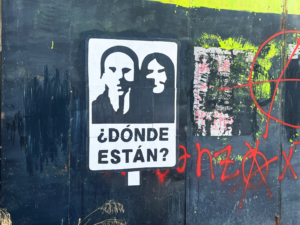
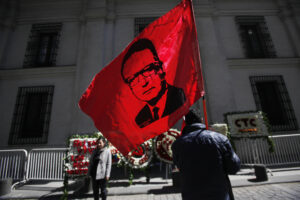
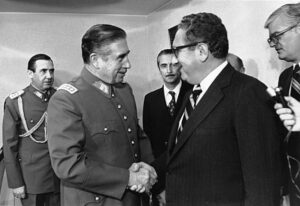
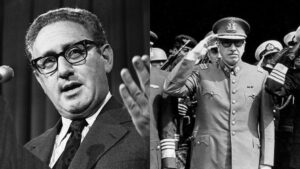
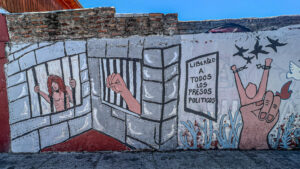

You need to be a supporter to comment.
There are currently no responses to this article.
Be the first to respond.